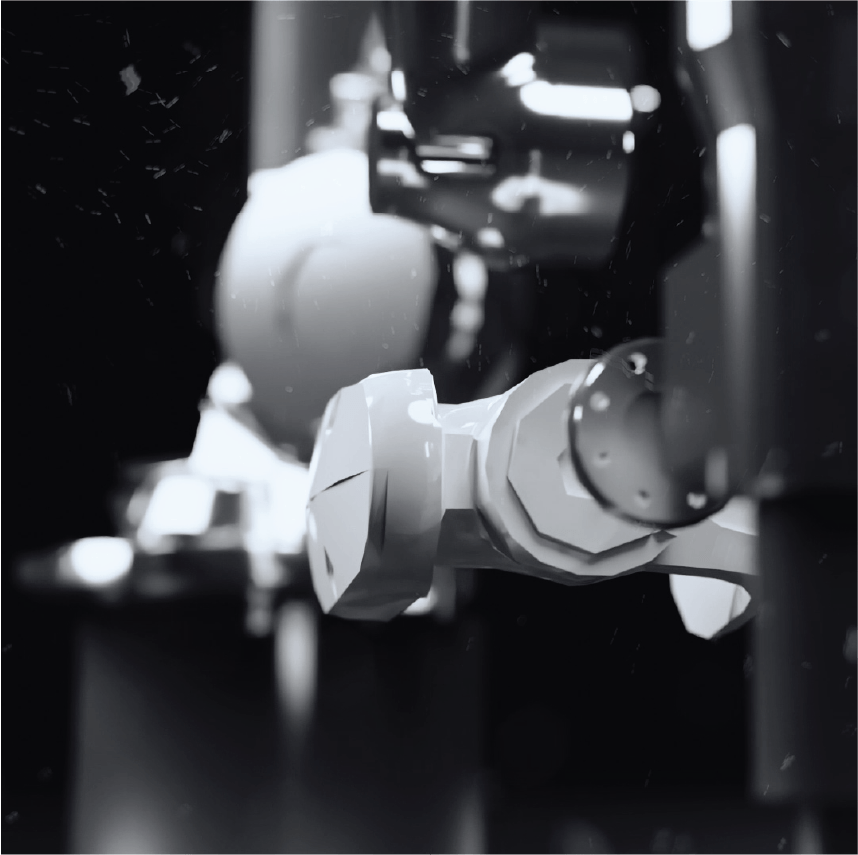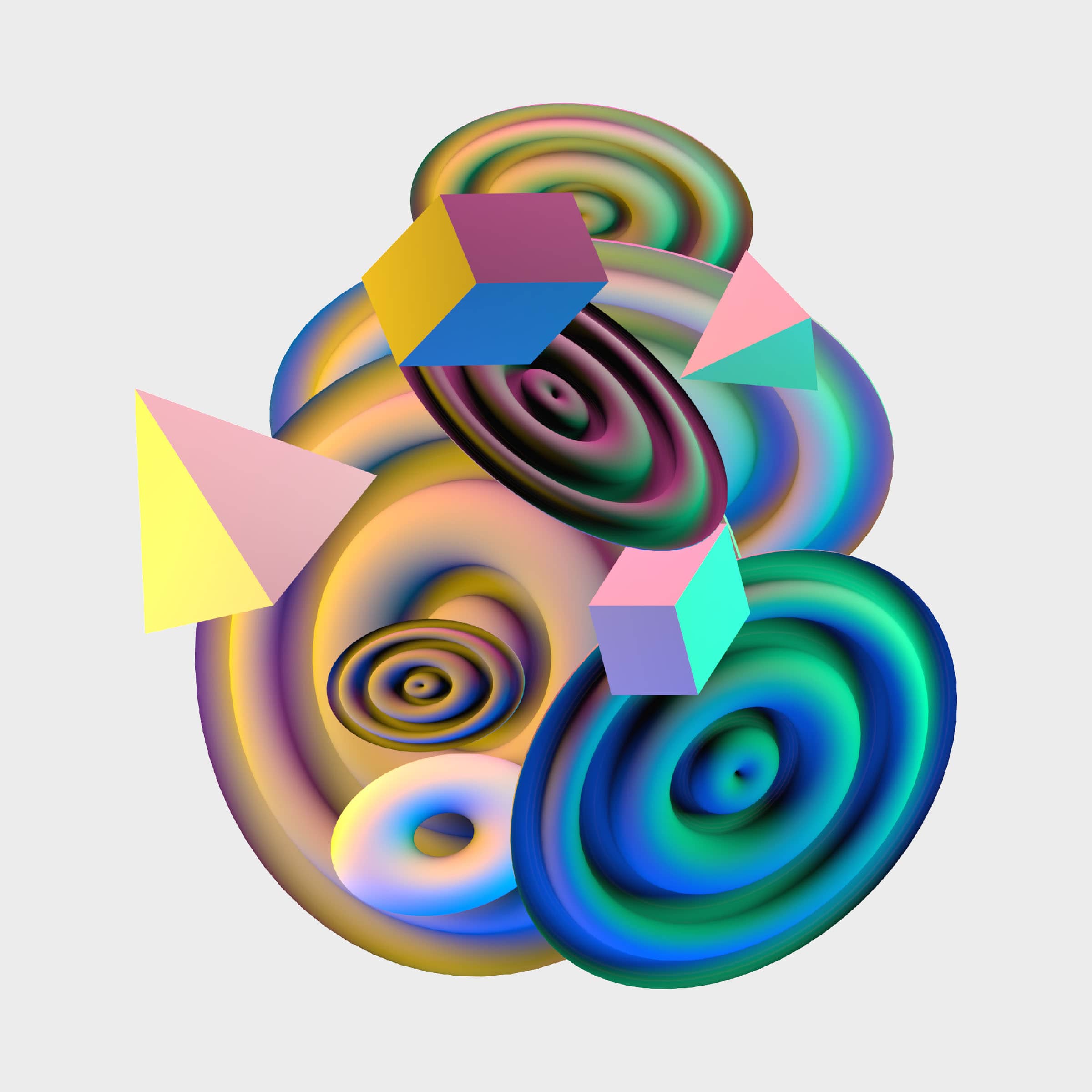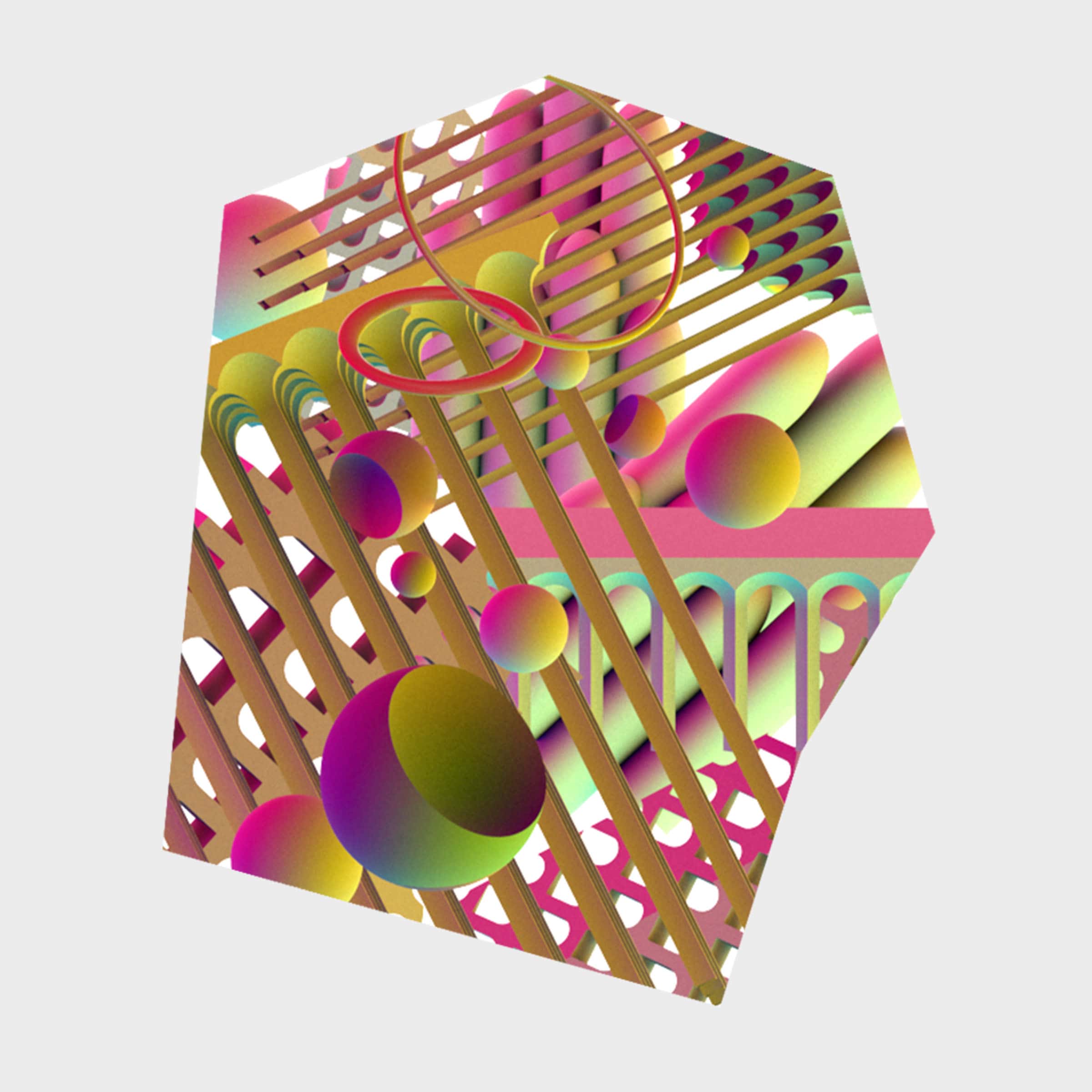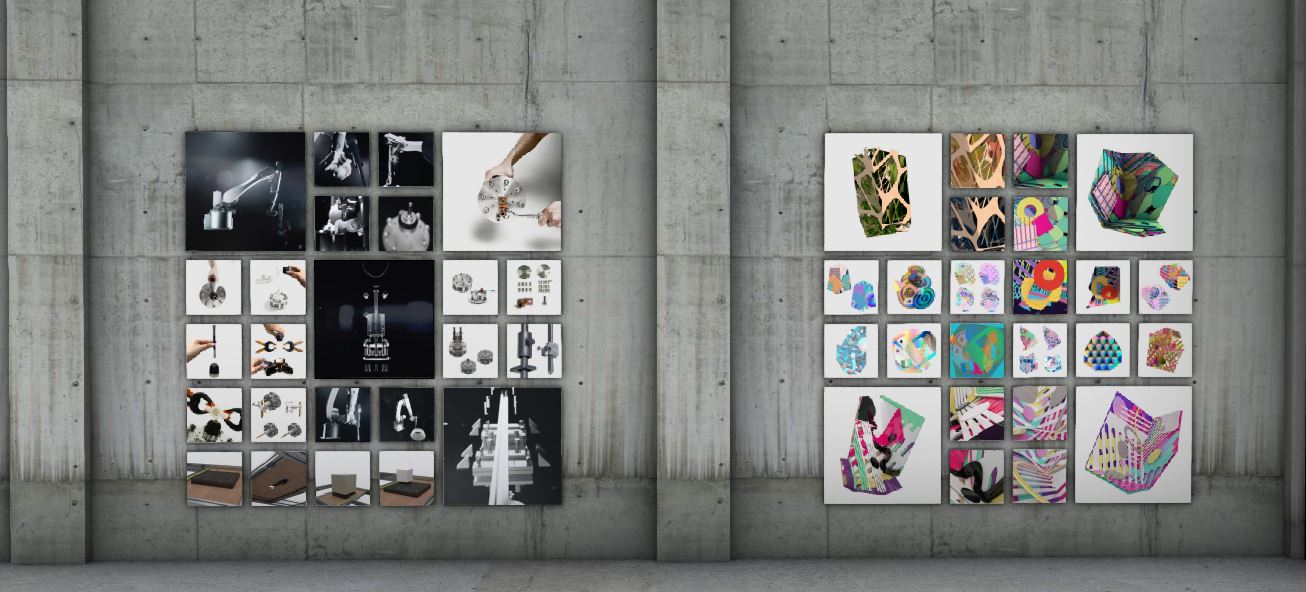The aim for this project is to interrogate the interrelationships between machine tools, machine instruction, material behavior, and geometry. More specifically, we will be developing robotic fabrication tools and techniques that target robotic toolpathing, contouring, and deep surfaces. Digital geometry is transferred into a designed toolpath that a robot arm or CNC machine follows in space. Each toolpath may consist of a series of planar ‘drawings’ that are successively ‘inscribed’ in a material (subtractive manufacturing) or successively deposited as material (additive manufacturing). Each stroke of the tool may leave a trace in the material locally; whether it is the depositing of clay, the carving indentation from a drill bit or the pressure of a brush. This means that we are as interested in the design of the toolpath as we are in the design of the overall form. The toolpath is where geometry interfaces with material. It is where geometry acquires character and articulation in the form of pattern and texture. It is where the precision of the digital realm may loosen as a result of a negotiation between geometry, machine, and material.
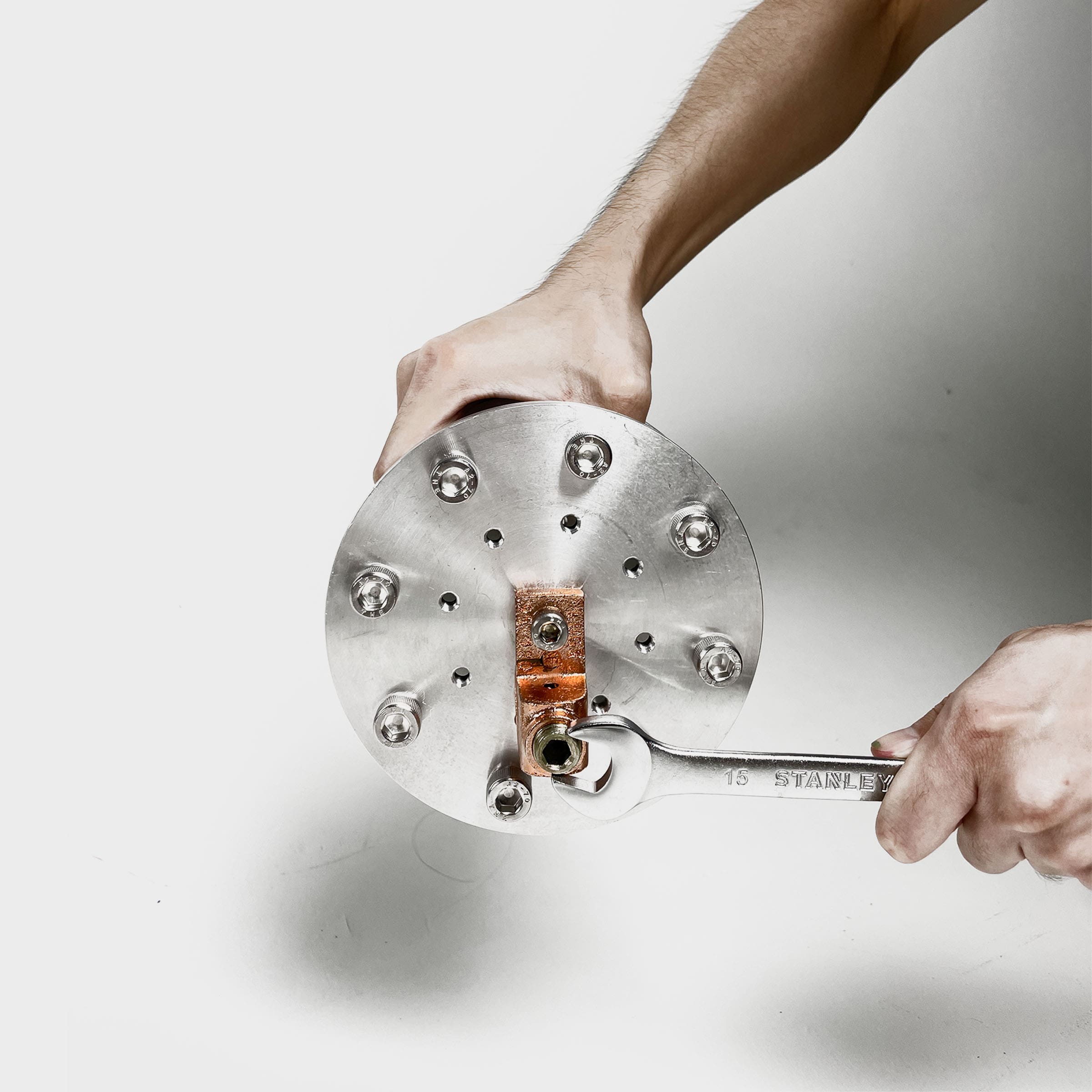
Per Stefan Svedberg
Notice: Undefined index: collaborators in /var/www/vhosts/www.inda.arch.chula.ac.th/httpdocs/experimental-projects/wp-content/themes/tailwindtheme/theme/single-project.php on line 111
Keda Daokajohn
Inthuwat Insuk
Pathanin Jennarongsak
Arayapon Kumjornpreecha
Piyapatara Leelachaipisit
Vipava Panyasarawut
Patthakarn Polakla
Suphawit Sunthornsittipong
Pumisak Supachaisakron
Sahasawat Thong-in
Bhurin Thuraphan
Related Projects:

Mass & Void
The aim for this project is to interrogate the interrelationships between machine tools, machine instruction, material behavior, and geometry, more specifically developing machine fabrication interfaces that target foam as a material. Most plastics are liquids that are molded or formed into surfaces. Foam, however, is ‘cast’ in the form of blocks that are later cut or milled into shape with computer-controlled machines. Though lightweight, foam is solid and brittle rather than thin and flexible in its nature. It favors mass and void relationships rather than surfaces. In fact, a piece of white high-density foam sculpted by a hot wire may have a material sensibility that is closer to chiseled stone than to a typical consumer product made from plastic. Foam, though technically a plastic, seems to have a lot in common with the most archaic of materials in architecture. Like stone, foam can be processed to adopt visual qualities from other materials. It can indeed be shaped to look massive and chunky, like stonework, but also soft and supple, like the draping in a baroque marble sculpture. The design investigation will focus on developing machine logics that draw inspiration from the projective geometries, the poché, and its relationship to mass and void to create architectural details, seating, or wall mounted shelving systems.

The Chinatown Effect: Authentic Trans-Territorial Pavilion
Students constructed a pavilion made with metallic frames and scaffolding, covered with fabric surfaces and crafted model units. The pavilion itself is a geometric, material, and spatial manifestation of shared stereotypical ‘Chinatownising’ forces: an inhabitable red and gold folie or a purposely architectural cliché. Once inside, a trans-territorial ‘Chinatownised’ world is represented through edited videos on multiple screens. Moments, public rituals, and private objects from Yaowarat are displayed; then, with the contribution of a network of friends living in various international Chinese communities, students accurately and playfully paired them with similar but geographically displaced settings. This series of crafted mutual copies highlighted invisible cultural clashes and subtle aesthetic overlaps. Welcome to the realm of authentic replicas.
